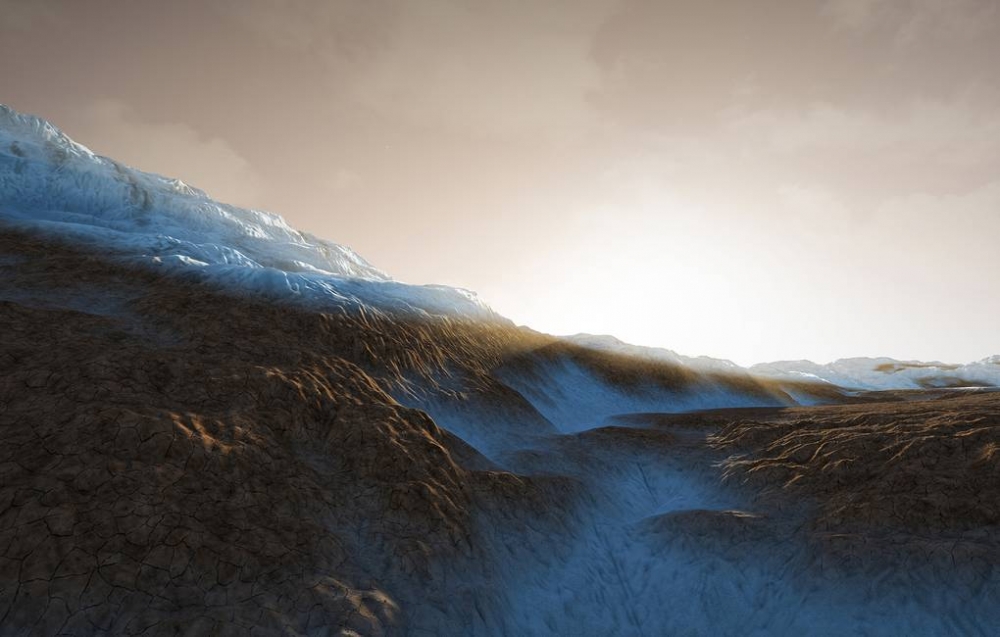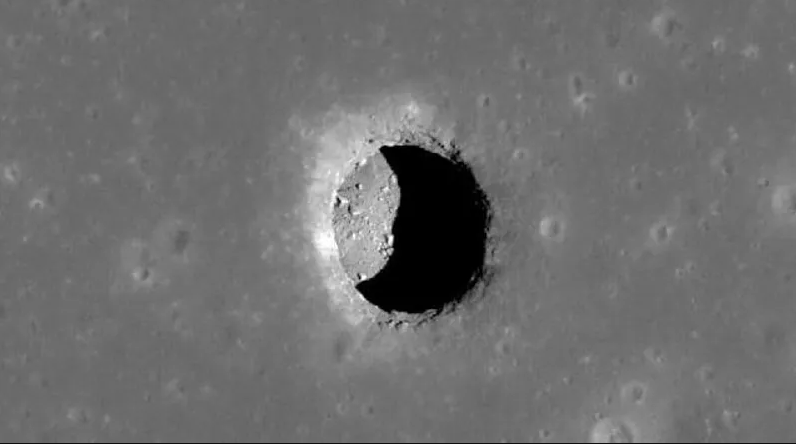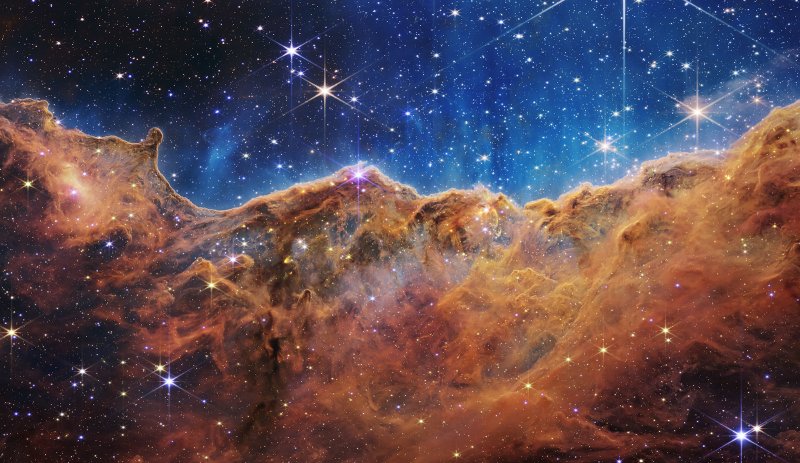
- A-
- A
- A+
Water common—yet scarce—in exoplanets
The most extensive survey of atmospheric chemical compositions of exoplanets to date has revealed trends that challenge current theories of planet formation and has implications for the search for water in the solar system and beyond.
A team of researchers, led by the University of Cambridge, used atmospheric data from 19 exoplanets to obtain detailed measurements of their chemical and thermal properties. The exoplanets in the study span a large range in size—from 'mini-Neptunes' of nearly 10 Earth masses to 'super-Jupiters' of over 600 Earth masses—and temperature, from nearly 20C to over 2000C. Like the giant planets in our solar system, their atmospheres are rich in hydrogen, but they orbit different types of stars.
The researchers found that while water vapour is common in the atmospheres of many exoplanets, the amounts were surprisingly lower than expected, while the amounts of other elements found in some planets were consistent with expectations. The results, which are part of a five-year research programme on the chemical compositions of planetary atmospheres outside our solar system, are reported in the Astrophysical Journal Letters.
Similar News
Links




 Elm TV
Elm TV
 Photo
Photo
 Video
Video





